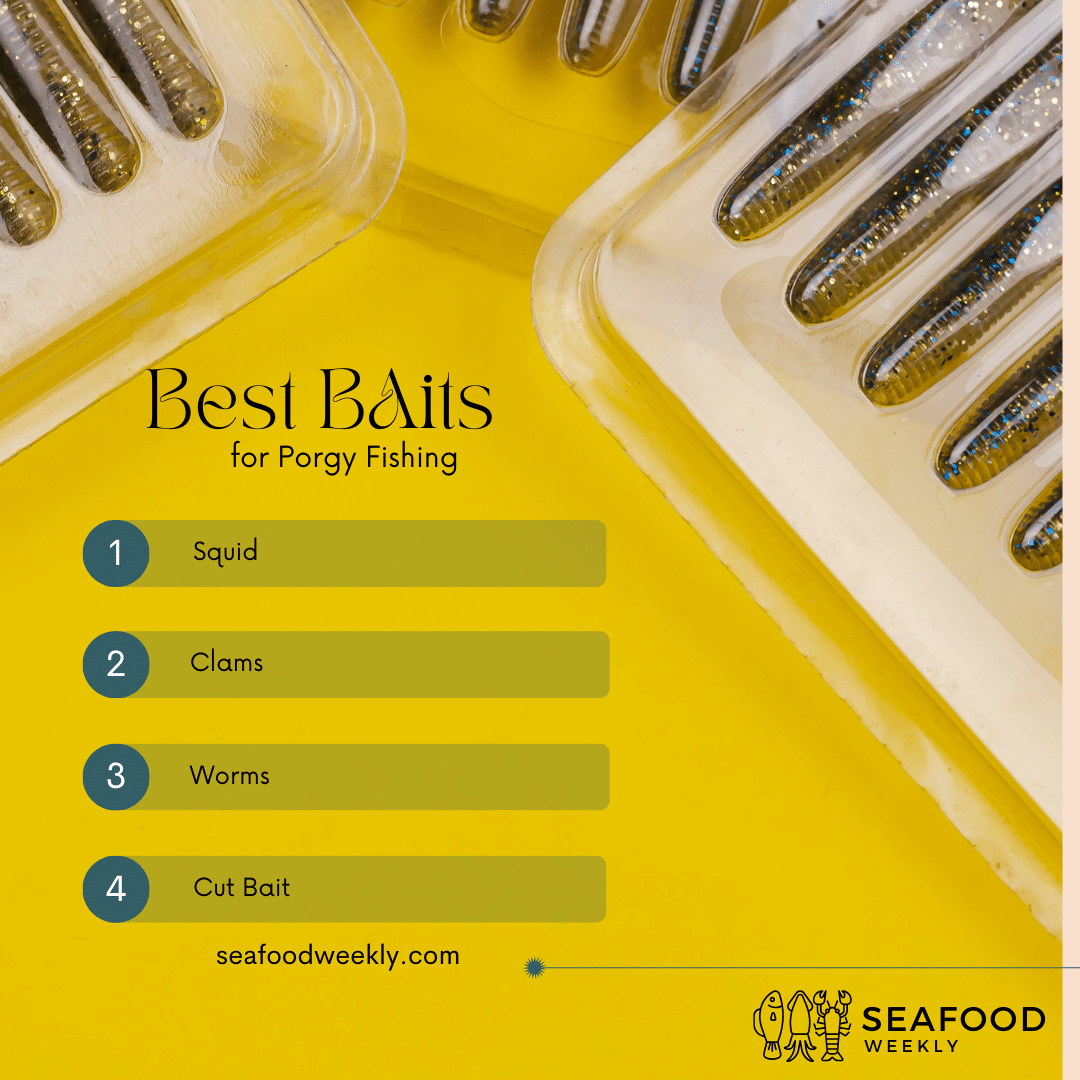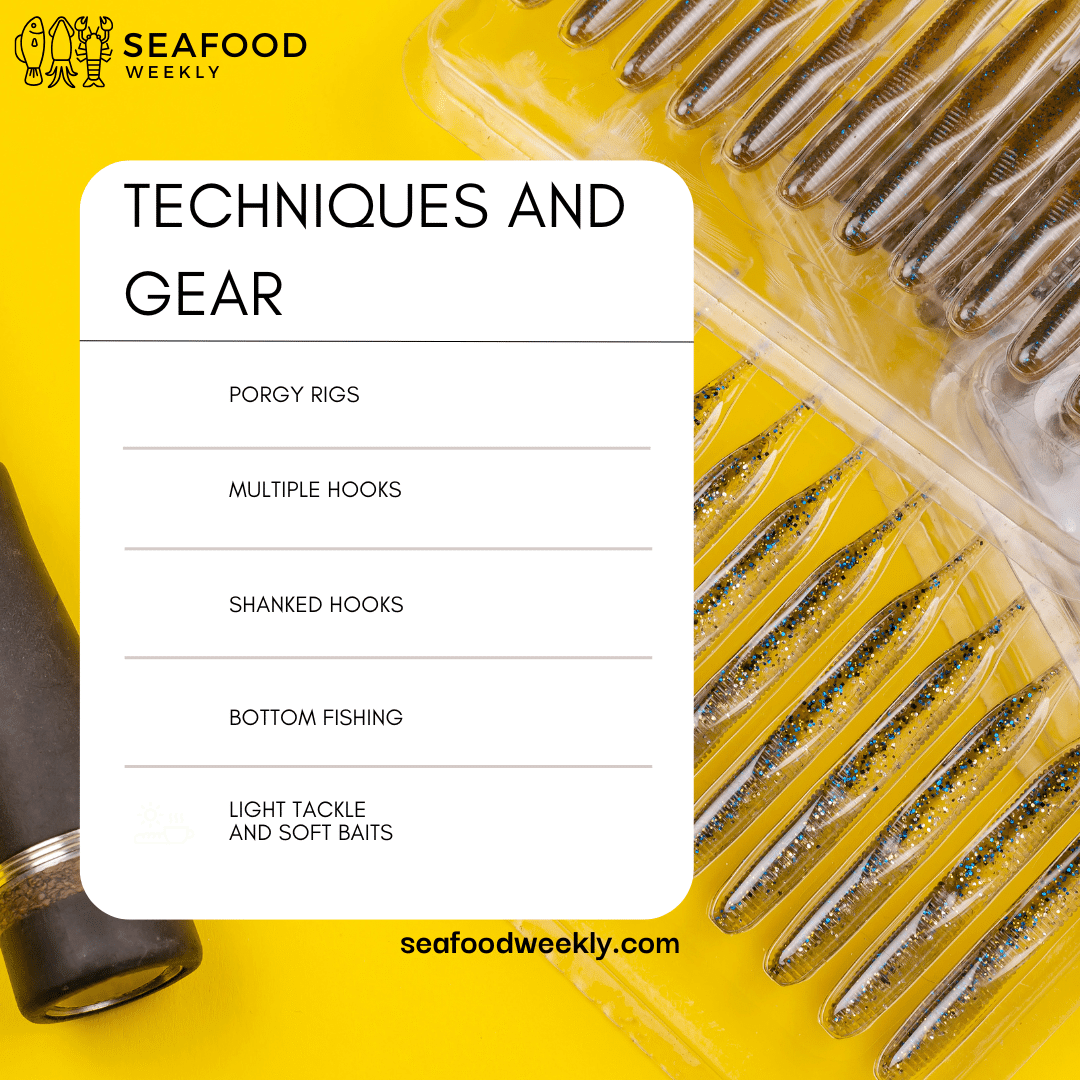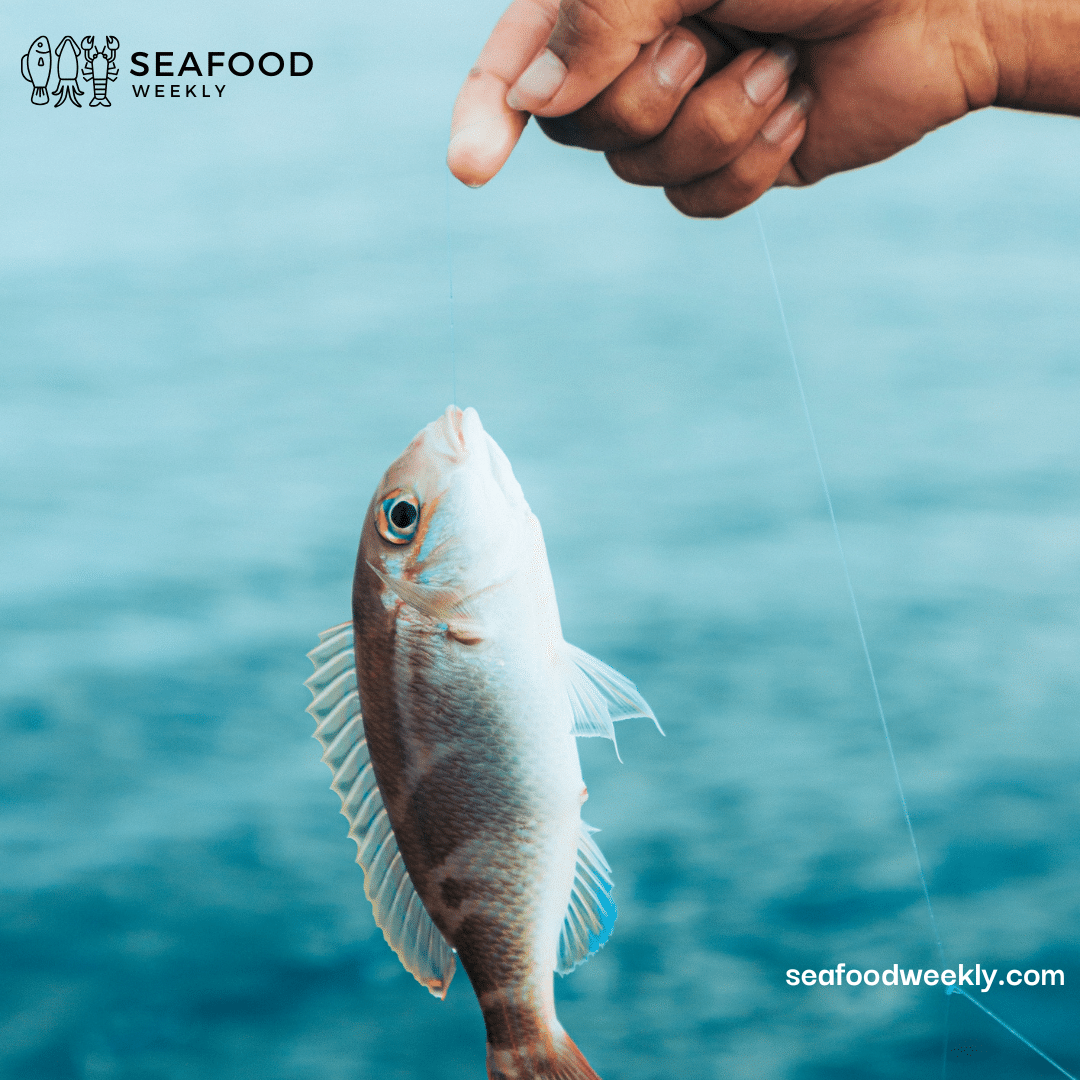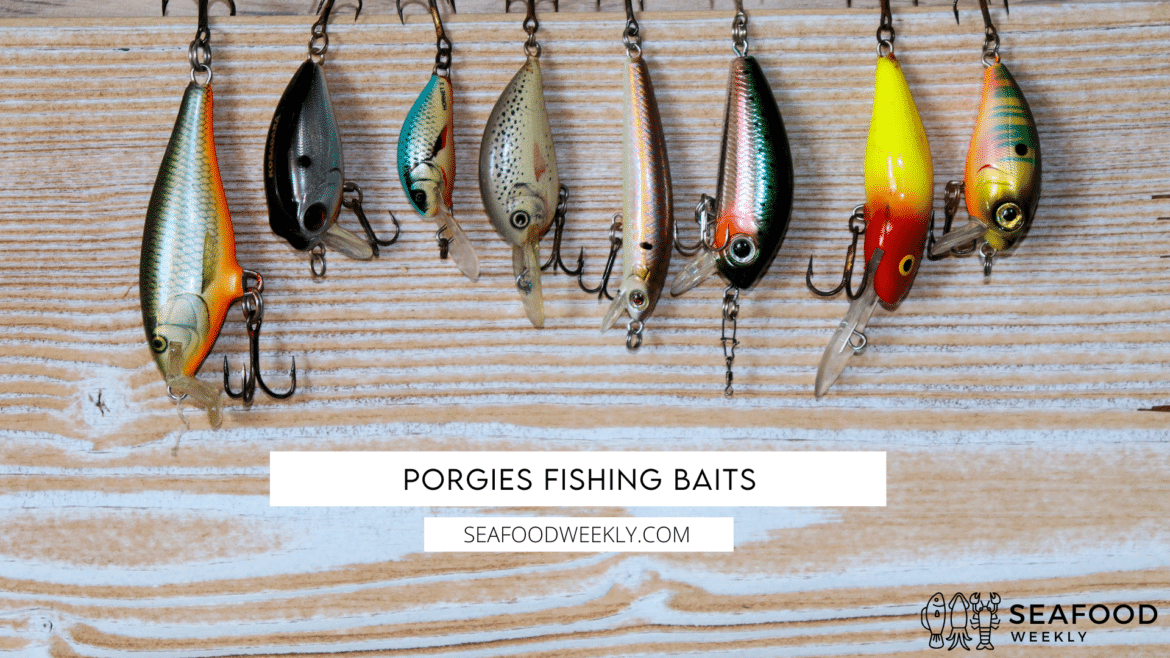Table of Contents
Imagine casting your line into the water, feeling that quick tug, and knowing a porgy is on the hook. That feeling never gets old, right? But to make it happen over and over, it’s not just about where you fish—it’s about the bait you use. Porgies might seem easy to catch, but using the right bait makes all the difference. In “Porgies Fishing Bait – Tips for Successful Catching,” we’ll show you how to choose the best bait so you can reel in more fish every time. Ready to boost your porgy catches? Let’s get started!
Understanding Porgy Behavior and Habitat
Porgies feed in a variety of environments, from shallow water to deeper water. They are often found near sandy bottoms and rocky structures, feeding on small invertebrates. The size of the porgy can vary depending on the location, with larger ones commonly found in Buzzards Bay and along the Long Island coast. Bottom fishing is the most common method to catch porgies, as these fish spend much of their time scavenging the sea floor.
If you’re wondering how to catch porgy successfully, the key is knowing where they congregate and which baits work best. As porgies feed on a variety of natural prey, offering them something familiar will increase your chances of getting a bite.
Choosing the Best Bait for Porgy Fishing
 Other common baits for how to catch porgy fish include:
Other common baits for how to catch porgy fish include:
- Squid: Squid strips are one of the most reliable baits for porgy fishing. They are tough enough to stay on the hook and release a scent that attracts porgies.
- Clams: Fresh or salted clams are a favorite of porgies. Many anglers recommend using clam chum to increase your chances of catching multiple fish.
- Worms: Sandworms or bloodworms are another popular option, especially when fishing in shallow water. Worms tend to draw attention quickly, especially in areas with less structure.
- Cut Bait: Small pieces of fish, such as mackerel, can also be effective for targeting larger porgies.
Using the best bait for porgy fishing is essential for landing these fish consistently. Experiment with different baits to see what works best in your location, but clam and squid are generally safe bets.
Porgy Fishing Techniques and Gear

- Porgy Rigs: Use a high-low rig with two hooks at different heights to target fish near the bottom and increase your chances of catching multiple fish on one drop.
- Multiple Hooks: A rig with multiple hooks improves your chances of catching more fish quickly, especially in areas with schools of porgies or heavy feeding activity.
- Shanked Hooks: Opt for short shanked hooks to enhance bait presentation and reduce the likelihood of deep-hooking, making it easier to release fish.
- Bottom Fishing: Since porgies typically stay near the seabed, drop your bait to sandy or rocky bottoms for the best results.
- Light Tackle: Use light tackle to make the fight more enjoyable, feel smaller bites, and improve your hook-up rate when porgies bite.
- Soft Baits: Porgies have small mouths, so use soft baits like worms or clams, which they can easily bite and take without hesitation.
Best Locations for Porgy Fishing
 Some of the best locations for porgy fishing include:
Some of the best locations for porgy fishing include:
Buzzards Bay
- Known for its large population of porgies, Buzzards Bay offers excellent opportunities for catching sizable fish, especially in the summer and fall months.
Long Island
- The waters around Long Island are prime porgy fishing grounds. Look for them in areas with sandy or rocky bottoms.
Porgy Lures and Alternative Methods
- While natural bait is most effective, some anglers use porgy lures to attract larger fish. Small jigs or plastic grubs can work well in areas where the porgies are actively feeding. These lures mimic small invertebrates, which are a primary food source for porgies.
Conclusion
Fishing porgies can be a productive and enjoyable experience with the right bait and gear. Whether you’re fishing in shallow water or targeting deeper water porgies, the key is to use the right baits, such as squid, worms, or clams. Setting up your rig with multiple hooks or a high low rig will increase your chances of landing big fish and enjoying a day full of bites. Bottom fishing with light tackle in sandy bottom areas or rocky structures will give you the best chance of success.


GIPHY App Key not set. Please check settings